by Janelle Mathis, University of North Texas
Music is often a focus in literature as readers learn about this communicative art form. It is also a way of contextualizing a character, an event or a culture–revealing a diversity of insights into the daily lives and cultures of the people within the stories told. The books shared here, all published in 2019, represent just a few of the ways music exists in our lives. Three of the books are picturebooks sharing family joy that is supported and expressed through music.
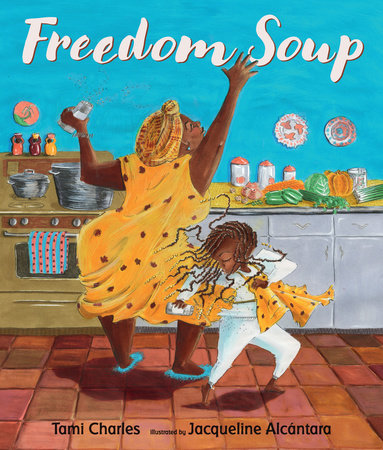 Freedom Soup by Tami Charles and illustrated by Jacqueline Alcántara is a Haitian story told around the Haitian new year custom of making and eating Freedom Soup, a tradition reflecting the Haitian Revolution. As Ti Gran teaches Belle how to make Freedom Soup, readers experience the process as well as the music that enlivens the experience. The kompa not only provides music as they dance around the kitchen, but most importantly, it provides background for Ti Gran as she tells the story of the Haitian Revolution. Both text and illustration afford readers the jubilant feel of the music. Continue reading →
Freedom Soup by Tami Charles and illustrated by Jacqueline Alcántara is a Haitian story told around the Haitian new year custom of making and eating Freedom Soup, a tradition reflecting the Haitian Revolution. As Ti Gran teaches Belle how to make Freedom Soup, readers experience the process as well as the music that enlivens the experience. The kompa not only provides music as they dance around the kitchen, but most importantly, it provides background for Ti Gran as she tells the story of the Haitian Revolution. Both text and illustration afford readers the jubilant feel of the music. Continue reading →
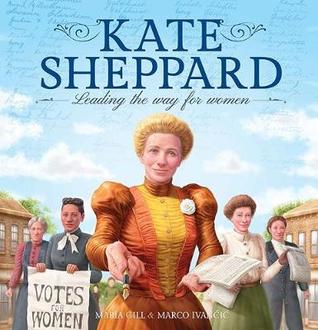 In 2016, I established the Waikato Picturebook Research Unit based in the Division of Education at the University of Waikato. Its stated aim is to research and analyze the picturebook form and exploring its pedagogical potentials. Together with my colleague Dr. Janette Kelly-Ware, we are gradually building the activities of WaiPRU, as we call it. Continue reading
In 2016, I established the Waikato Picturebook Research Unit based in the Division of Education at the University of Waikato. Its stated aim is to research and analyze the picturebook form and exploring its pedagogical potentials. Together with my colleague Dr. Janette Kelly-Ware, we are gradually building the activities of WaiPRU, as we call it. Continue reading 

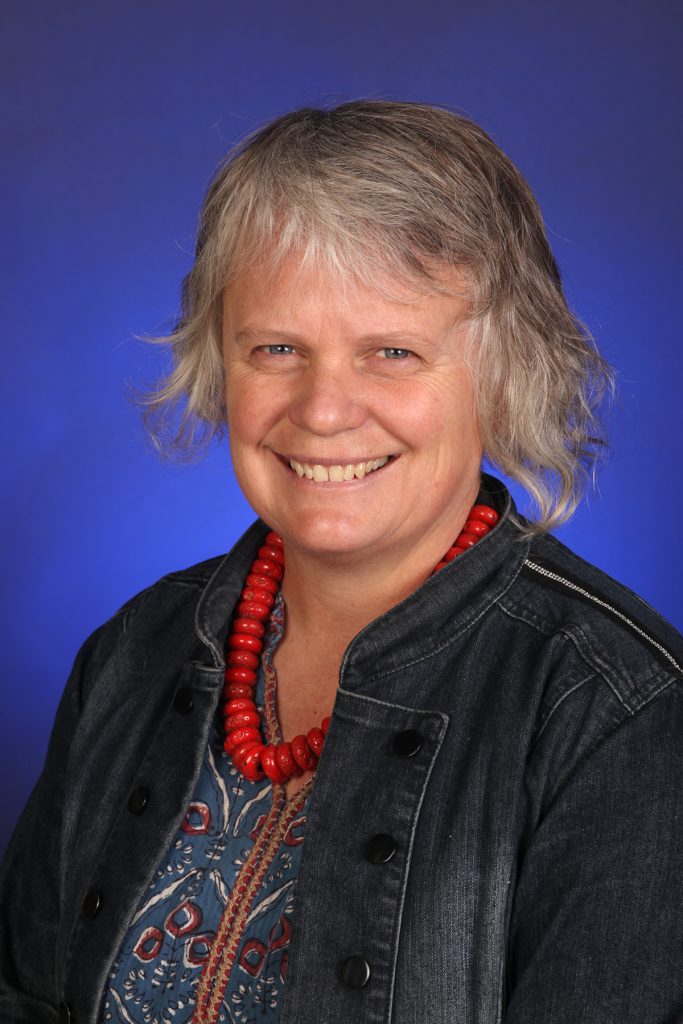 Being a Fulbright Scholar in Worlds of Words is an amazing privilege. I arrived here in late October 2019 and will leave at the end of February 2020, after a four-month period. There are many scholarships available through Fulbright, all of them encouraging exchange between the United States and another country in the world.
Being a Fulbright Scholar in Worlds of Words is an amazing privilege. I arrived here in late October 2019 and will leave at the end of February 2020, after a four-month period. There are many scholarships available through Fulbright, all of them encouraging exchange between the United States and another country in the world. 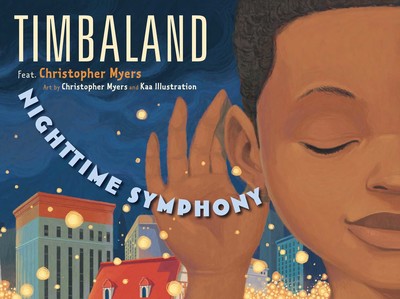 For this last post focused on the role of literature in supporting music’s importance as a multimodal approach to living and learning in the global society, we consider books that reflect the cognitive support between language and music. The development of both music and language for young learners has been revealed as a somewhat reciprocal process. Recent research, has revealed that the brain regions that process syntax are also responsible for other communicative forms such as music. Concepts about print, conventions of print, rhythm, rhyme and patterned texts are each nurtured by music. Phonological awareness and auditory discrimination of letters and notes, important in language learning, are also important in developing communication through music. Literature offers resources that support these processes. Poetry, obviously, provides rhythm and often rhyme; onomatopoetic words within text can sharpen listening skills; language can help develop a sense of dynamics, tempo, and emotional qualities; and books that point to the importance of listening to the sounds around us link the natural world as a form of communication.
For this last post focused on the role of literature in supporting music’s importance as a multimodal approach to living and learning in the global society, we consider books that reflect the cognitive support between language and music. The development of both music and language for young learners has been revealed as a somewhat reciprocal process. Recent research, has revealed that the brain regions that process syntax are also responsible for other communicative forms such as music. Concepts about print, conventions of print, rhythm, rhyme and patterned texts are each nurtured by music. Phonological awareness and auditory discrimination of letters and notes, important in language learning, are also important in developing communication through music. Literature offers resources that support these processes. Poetry, obviously, provides rhythm and often rhyme; onomatopoetic words within text can sharpen listening skills; language can help develop a sense of dynamics, tempo, and emotional qualities; and books that point to the importance of listening to the sounds around us link the natural world as a form of communication. 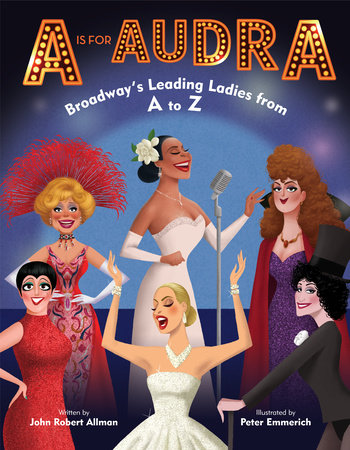 As we realize, music has been part of mankind’s history since its beginning. The 2019 published books shared here reflect only a few of the ways it has been woven into lives but can encourage readers to seek instances across genre. Broadway is known as the place where music and story intersect in powerful ways and the voices of Broadway impact how these stories are told.
As we realize, music has been part of mankind’s history since its beginning. The 2019 published books shared here reflect only a few of the ways it has been woven into lives but can encourage readers to seek instances across genre. Broadway is known as the place where music and story intersect in powerful ways and the voices of Broadway impact how these stories are told. 
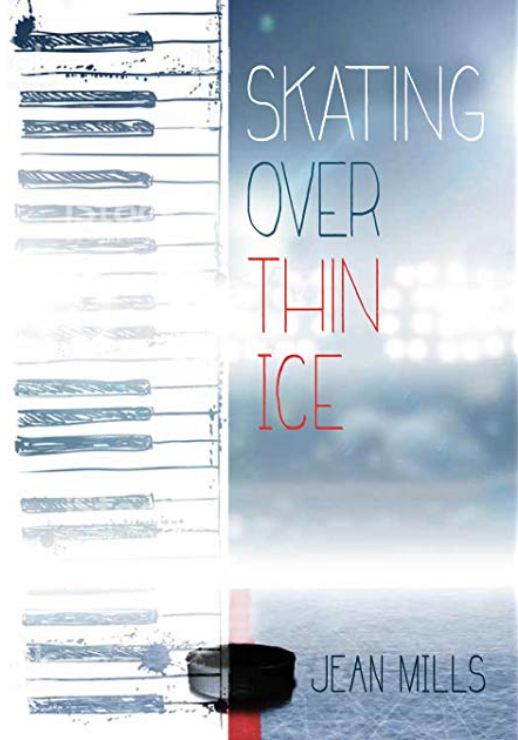 Music as a multimodal form of communication can be traced back to primitive societies where it served in many cultural roles, for example in religious rituals, healing processes or sharing societal ideologies. Throughout history, music has been an aesthetic engagement for both performers and listeners, a source of hopefulness and encouragement, as well as a cognitive practice. Music aligns with literature in that both enable us to share our stories (often with stories embedded in music), learn more about ourselves and others and comprehend the world around us as it supports the development of intercultural competencies. It is more recently acknowledged that music and literacy are processed through the same cognitive areas of the brain, pointing to an even closer connection between language and music (Mathis, 2019).
Music as a multimodal form of communication can be traced back to primitive societies where it served in many cultural roles, for example in religious rituals, healing processes or sharing societal ideologies. Throughout history, music has been an aesthetic engagement for both performers and listeners, a source of hopefulness and encouragement, as well as a cognitive practice. Music aligns with literature in that both enable us to share our stories (often with stories embedded in music), learn more about ourselves and others and comprehend the world around us as it supports the development of intercultural competencies. It is more recently acknowledged that music and literacy are processed through the same cognitive areas of the brain, pointing to an even closer connection between language and music (Mathis, 2019).